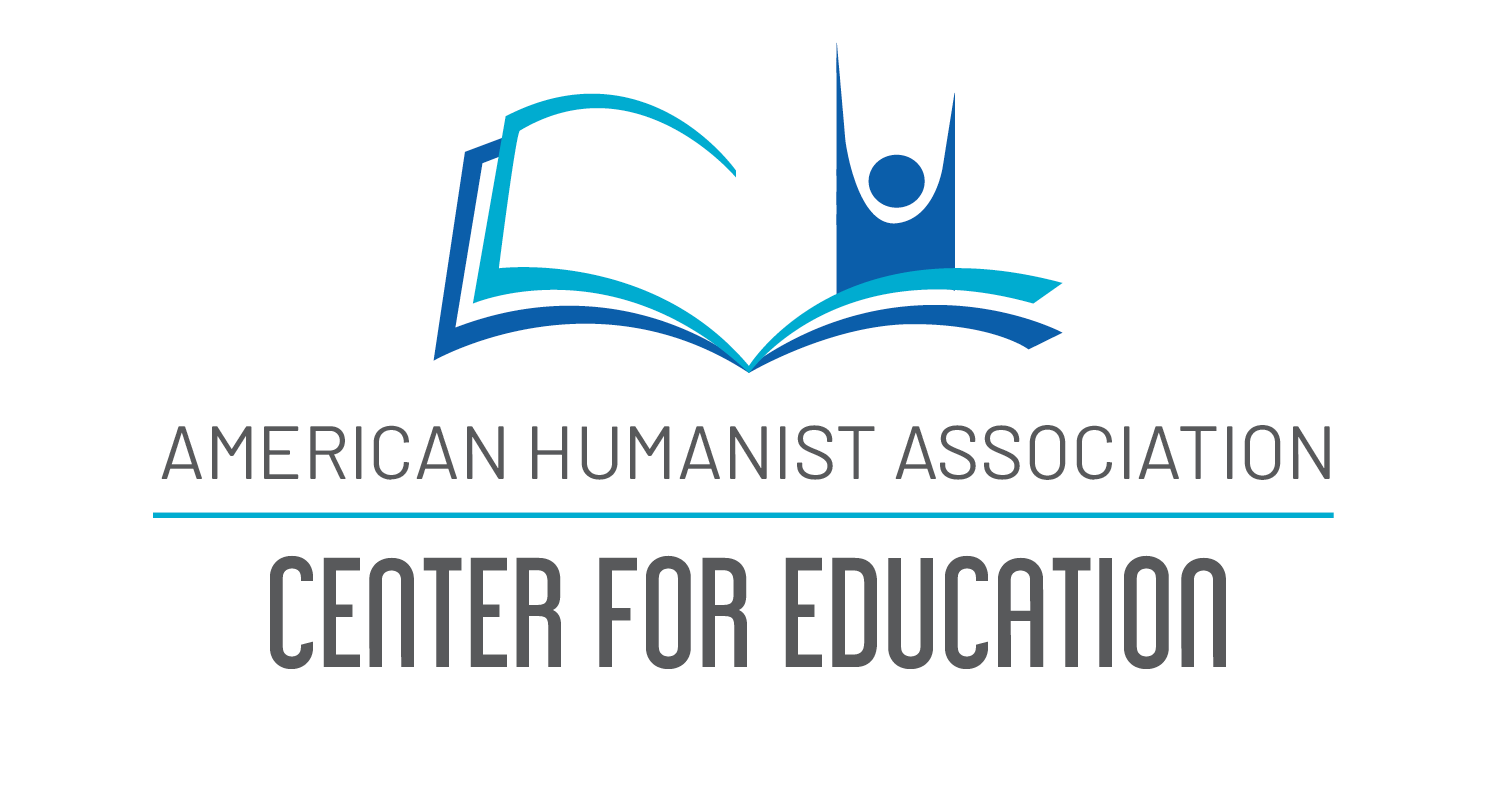The process starts with a conversation. Consider who will participate and what preparations they might need, like writing or selecting a reading or gathering materials. Consider what expectations participants may have and how you will address them. For example, someone may expect traditional blessings and you can decide if you’ll allow it, adapt it, or explain why it won’t be included.
Below is a link to a pdf example of a child naming ceremony.
Traditions Around the World
Dol or doljanchi is a Korean tradition that celebrates the first birthday of a baby. This ceremony blesses the child with a prosperous future and has taken on great significance in Korea. The birthday babies wear a hanbok and a traditional hat: a jobawi or gulle for baby girls and an bokgeon or hogeon for baby boys.
Many African Babies are given two names: one when they’re born and one at a later-celebrated date. In Nigeria, babies born to the Yoruba community are given an oruku name, which describes the circumstances of their birth.

